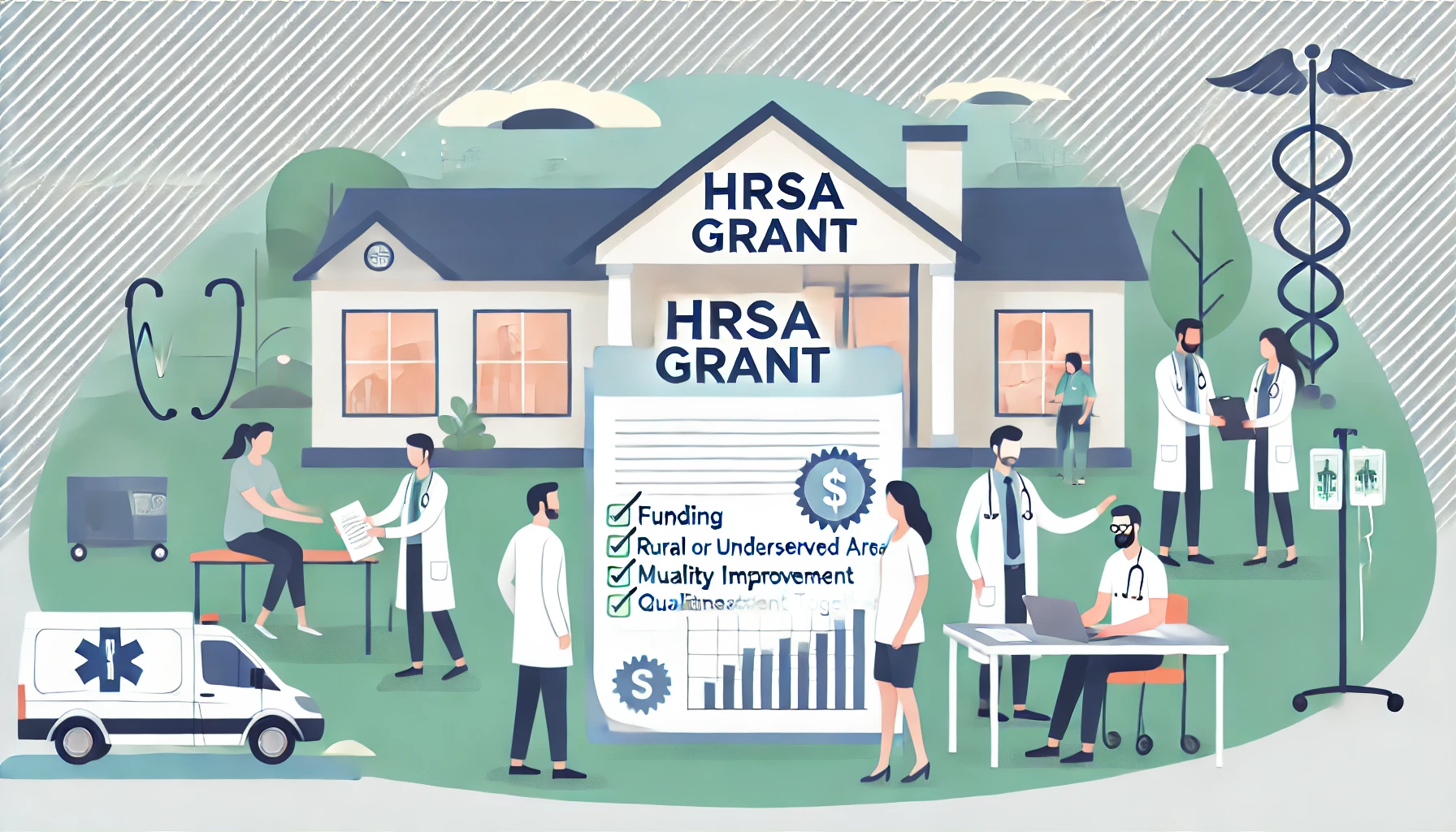
Table of Contents

HRSA FQHC Requirements: A Comprehensive Guide for Healthcare Providers
When it comes to federally qualified health center requirements, there’s no shortage of regulations, expectations, and—depending on your perspective—opportunities.
When it comes to federally qualified health center requirements, there’s no shortage of regulations, expectations, and—depending on your perspective—opportunities. For healthcare providers operating under the Health Resources and Services Administration (HRSA) umbrella, navigating compliance isn’t just about checking boxes. It’s about aligning mission, structure, and care delivery in ways that balance federal accountability with the reality of clinical operations.
But here’s the catch: what looks straightforward on paper can feel anything but in practice. So let’s unpack HRSA FQHC requirements, consider the intent behind them, and explore how providers can meet the mark—without losing their minds or sacrificing care quality.
So, What Is a Federally Qualified Health Center?
At the heart of the matter is the designation itself.
An FQHC is a community-based provider that meets a specific set of federal requirements in exchange for enhanced Medicare and Medicaid reimbursement. That designation is a lifeline for many rural and underserved areas—it means more financial stability, access to HRSA grant funding, and coverage under the Federal Tort Claims Act (FTCA).
Sounds like a good deal, right? It is. But it comes with strings attached—specifically, the HRSA requirements for FQHCs, which cover everything from board structure to sliding fee scales to patient safety protocols.
The 19 Program Requirements—In a Nutshell
Let’s be clear: HRSA doesn’t want your clinic to just exist—it wants it to thrive. That’s why FQHCs must comply with 19 Program Requirements laid out in HRSA’s Compliance Manual. These fall into three buckets:
- Governance and Administrative: You’ll need a governing board made up mostly of patients, strong oversight, and clearly documented policies.
- Clinical and Quality: You’re expected to track outcomes, address quality improvement, and—yes—conduct regular peer reviews.
- Financial and Operational: Think financial audits, budget controls, and documenting how you apply your sliding fee discount program.
None of these areas exist in a vacuum. The board’s decisions affect how care is delivered. Clinical performance influences reimbursement. And documentation? It matters more than ever.
Compliance Meets Complexity
If you’ve ever prepared for a HRSA Operational Site Visit, you know that complying with the FQHC requirements isn’t just about having the right policies on file. It’s about showing how those policies play out day-to-day.
And that’s where things can get messy.
Take peer review, for example. On paper, it’s straightforward: review a sample of patient records, identify quality issues, and document your findings. But what happens when internal teams are stretched thin? When the same people reviewing cases are also managing them? The risk of bias—intentional or not—can creep in.
This is where external, independent peer review can play a helpful role. At Medplace, we’ve seen health centers use external peer reviewers not to replace their internal processes, but to strengthen them—adding objectivity, specialty-specific insight, and a layer of accountability that supports both patient safety and HRSA compliance.
The Balancing Act: Mission vs. Mandate
It’s easy to think of FQHC requirements as just another layer of bureaucracy. And in some ways, they are. But they’re also intended to protect what makes health centers unique—their ability to deliver care that’s patient-centered, community-informed, and resource-conscious.
Still, a few honest questions are worth asking:
- Does a rigid compliance framework always serve the best interest of patients?
- Are small, rural health centers held to the same standards as large urban systems—with fewer resources?
- How do you balance urgent, on-the-ground care decisions with quarterly reporting and board meeting minutes?
There’s no single answer. But transparency, data, and feedback loops—including tools like external peer review—can help bridge the gap between regulatory compliance and patient care realities.
What HRSA Really Wants to See
While the checklist is long, HRSA reviewers aren’t just looking for paperwork. They’re looking for patterns: Are you using data to drive decisions? Are your board members engaged and informed? Are you catching potential issues before they become patient safety problems?
In other words, they’re not just measuring whether you’re following the rules. They’re asking whether the rules are being used to make care better.
One way to prove that? Independent assessments. Health centers that leverage outside experts to audit their clinical practices—whether annually or quarterly—often find that those insights help them improve faster. And in the eyes of HRSA, that’s the kind of forward-thinking approach that stands out.
Medplace and FQHC Support
At Medplace, we support health centers by providing rapid access to a national network of credentialed providers across 132 specialties. Our platform makes it easy for FQHCs to request and manage peer reviews—whether for compliance, quality improvement, or patient safety investigations.
By partnering with external reviewers, centers gain access to unbiased perspectives, avoid internal bottlenecks, and create a paper trail that aligns with HRSA FQHC requirements. It’s not about adding more complexity. It’s about making your existing efforts more effective.
In Closing: Compliance Is a Tool—Not a Goal
Navigating federally qualified health center requirements isn’t easy. But maybe that’s the point. The bar is high because the stakes are high. FQHCs serve as the front line for millions of patients who might otherwise fall through the cracks.
So yes—HRSA compliance takes time. It takes coordination. It takes a lot of paperwork. But when done well, it also drives better care, more transparency, and stronger community trust.
Whether you’re preparing for a site visit, writing your QAPI plan, or reviewing your peer review policy, the question isn’t just “Are we compliant?” It’s “Is our compliance making us better?”
That’s a question worth asking—and answering.

Navigating the HRSA Operational Site Visit Process with Confidence
Prepare your FQHC for HRSA's Operational Site Visit with confidence—understand requirements, avoid common pitfalls, and ensure compliance.
.png)
.png)

Why Every Hospital Needs a Quality and Patient Safety Program
Every hospital needs a quality and patient safety program to reduce harm, improve care, and foster a culture of accountability.
.png)
.png)

Unlocking Funding: A Guide to Health Resources and Services Administration (HRSA) Grants
Use HRSA grants to fund external peer review programs that enhance care quality, reduce bias, and support compliance in health centers.
.png)
.png)



.png)
.png)
.png)






.png)